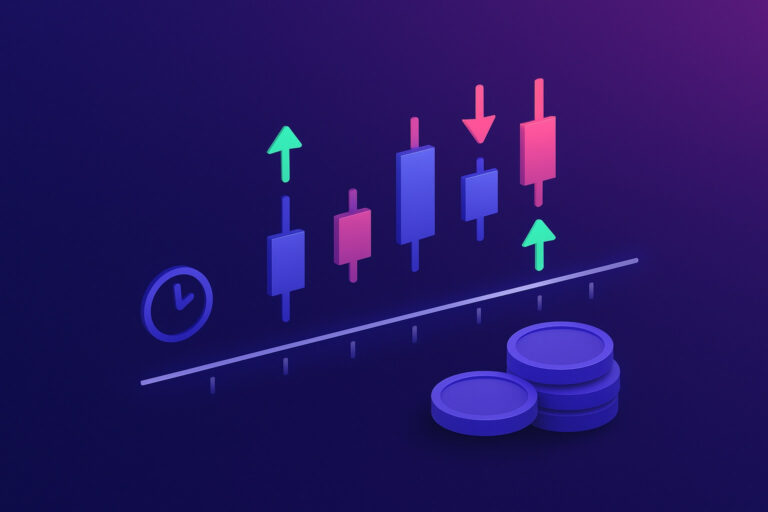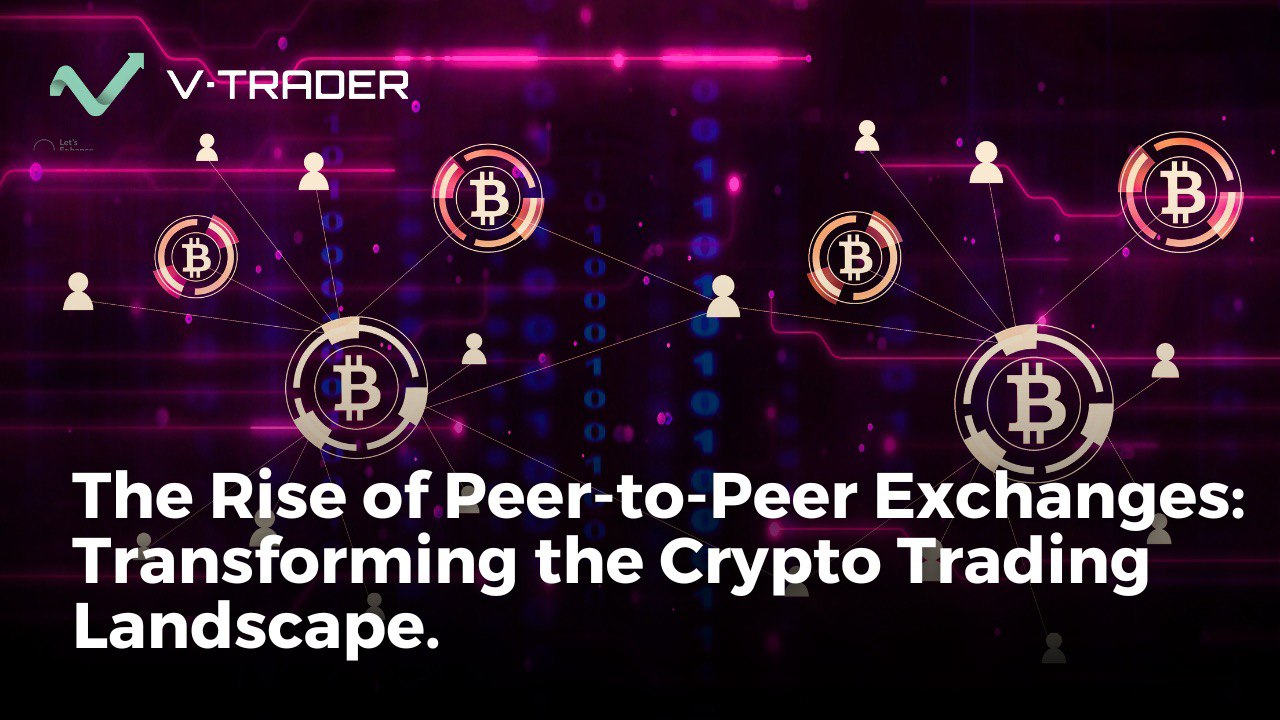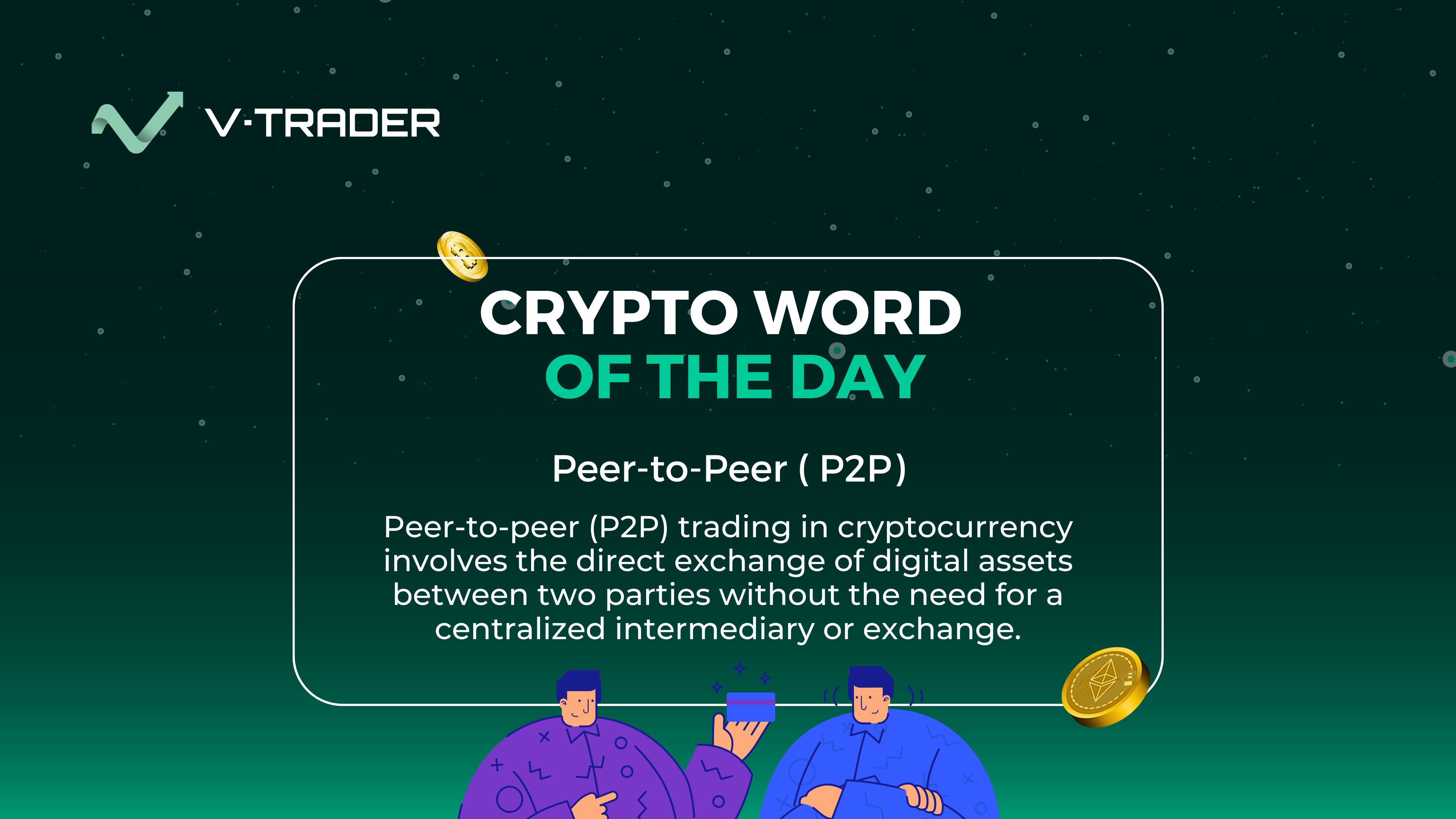This guide is part of the “Intro to Crypto Trading” series.
Have you ever placed a trade only to see the price dip, costing you money? Or watched profits vanish because you didn’t sell your position in time? Almost every trader has been there. The good news is that the secret isn’t luck or some fancy software, it’s knowing how to use trade orders the right way.
A trade order is just a command that you give to an exchange platform. It tells the system when and how to buy or sell something. But the kind of order you place will affect the price you pay, how much risk you take, and in the end, how much money you make. This article explains the most important types of crypto trade orders so that you can trade like a pro with control, accuracy, and self discipline.
Table of Contents
What Are Crypto Trade Orders and Why Are They Important?
An order book is a list of all the current buy and sell orders that is always being updated. Every cryptocurrency trading exchange has one. When you click “buy,” your order is matched up with someone’s “sell” in this book.
It’s not enough to just guess where the market will go in crypto; you also need to know how to set up your orders. Using the right type of order can help with:
- Managing risk. During times of high volatility, you can protect your capital and limit your potential losses.
- Proper execution, which means making sure that trades happen at the exact price points that your analysis says they should.
- Automation and discipline. Letting your set rules play out automatically so you don’t have to make emotional decisions while trading.
Professional traders spend just as much time looking at charts as they do managing their orders. Once you place one of these orders on a platform, you can turn off the computer and let the platform handle the execution for you. Every good trading strategy is based on the order types listed below.
The Basic Types of Orders
Market Order
A market order tells the exchange to buy or sell right away at the best price that is currently available. It’s quick, easy, and makes sure the trade goes through right away.
This is how it works: your order takes liquidity from the order book by matching with orders that are available and opposite to it. This is a taker trade, which means you usually have to pay taker fees on most exchanges.
Pros:
- Execution right away, fill is guaranteed
Cons:
- There is a risk of slippage, which means that the final trade price is a little worse than expected. This is more likely to happen in markets with low liquidity or when volatility spikes.
Best for traders who care more about speed than accuracy, like when technical analysis indicators show that a breakout is real.
Limit Order
You can set the exact price you want to buy or sell with a limit order. You can place a buy limit order at $120,500 if you want to buy Bitcoin when it drops to that price.
Your order stays in the book until the market reaches your goal. This kind of order adds liquidity, which means you usually get maker fees, which are lower than taker fees and sometimes even give you money back.
Pros:
- You can set the exact price for execution, no slippage
- Maker fees can lower the cost of trading
Cons:
- If the market doesn’t reach your limit price, there is no guarantee that the order will be filled.
This is best for traders who value accuracy and are willing to wait for the right time to enter or exit.
This difference between market vs limit order use is critical. Market orders suit scalpers and short-term traders, while limit orders favor swing traders or investors building positions at key support levels.
Strategic Orders: How to Handle Risk and Profit
Order types are not just for making trades; they are also the best way to protect your profits and limit your losses. This is where stop-loss orders and take-profit orders come in.
Stop-Loss Orders
A stop-loss order protects you. It automatically sells (or buys, if you’re shorting) when the market moves against you. The goal is simple: stop your losses before they get out of hand.
There are two main types of stop orders:
Stop-Market Order
When the stop price is reached, the system immediately puts in a market order to close your position.
Pros:
- Guaranteed to carry out and close the position
- Helpful in markets that move quickly
Cons:
- If the price gaps during a sharp drop or flash crash, you may lose money.
Stop-Limit Order
With a stop-limit order, you can decide when and how your trade will happen. When the market reaches your chosen stop price, it automatically places a limit order at the price you set. This means you set the exact lowest price you will sell for (or the highest price you will buy for), which stops the trade from filling at a worse price if the market suddenly changes.
Pros:
- More control over the price of execution
- Keeps your trade from dropping suddenly when people sell
Cons:
- If the price drops too quickly and goes below your limit, you could end up stuck in the losing trade
Take-Profit Order
Greed ruins more trading accounts than bad analysis. A take profit order lets you automate your exit once your desired gain is reached.
Advantages:
- Helps keep things in order and consistent
- Locks in profits without having to watch the screen all day
- Lessens emotional trading choices
When used with a trading bot, this kind of automation can be very helpful because it makes sure that both entry and exit logic follow a set of rules.
Advanced Crypto Order Types
You can combine orders for more control once you know the basics. These advanced types are especially useful for traders who have a lot of positions or who use complicated strategies.
Order One-Cancels-the-Other (OCO)
An OCO order lets you set two conditional orders at the same time, like a stop-loss and a take-profit. If one goes through, the other one is canceled automatically.
This setup is great for traders who can’t keep an eye on the market all the time. You set both your profit goal and your risk limit, and the system takes care of the rest.
Here’s an example: you buy Solana for $200. You put in an OCO with a stop at $190 and a take-profit at $250. If SOL reaches $250, your take profit order goes through and the stop goes away. The stop goes off if it drops to $190, and the take-profit goes away.
This structure helps keep discipline when it comes to position sizing and makes it less likely that you’ll have to make decisions based on your feelings when the market is moving quickly.
Trailing Stop Order
A trailing stop is a stop-loss that is more flexible. You set a trail distance (for example, 5%) instead of a fixed stop price. As the market moves in your favor, the stop price automatically goes up, staying the distance you set behind the price.
The stop triggers and sells your position if the price goes back more than your trail amount.
Advantage: It keeps your profits safe on winning trades while still letting your position gain in value.
This is one of the best tools for traders who want to stay in trends longer without having to move their stops by hand all the time.
Combining Different Order Types for a Better Trading Plan
You should now be able to understand how each kind of crypto order works on its own. Next, you need to learn how to use them all together in your trading plan. Professionals don’t just click “buy” or “sell” based on their analysis. They plan out layers of orders to make sure they enter, take risk, and leave at the right times.
A trader who knows what they’re doing will first place a buy limit order near a key support level. After that order is filled, they would place an OCO order with both a stop-loss exit and a trailing take-profit. This way, if the price goes up, the trailing limit will automatically move up to protect more profit. But if the market suddenly changes, the stop-limit kicks in to keep the loss from getting too big.
It’s basically a trade structure that adjusts itself, locking in profits while always managing downside risk without having to manually change the orders.
This structure does three critical things:
- It automates execution.
- It prevents impulsive emotional reactions.
- It maintains a consistent risk-to-reward ratio, which is essential for long-term success.
Traders who use layered orders also benefit from predictable position sizing. They know exactly how much they can lose on each trade, how much they stand to gain, and how these numbers fit their overall portfolio exposure.
How Market Conditions Affect Order Choice
Market conditions will show you what order type you should use. When things are very volatile, even simple orders can act in ways that are hard to predict, so being flexible is important.
- Markets with high liquidity: Large exchanges that trade major coins like Bitcoin or Ethereum usually fill orders quickly and with little slippage. For quick entries and exits, market orders work best here.
- Markets with low liquidity: Altcoins that aren’t traded very often tend to have bigger price gaps. Limit orders are safer because they let you control the price and avoid hidden fees.
- Markets that are stuck in a range: Use limit orders to buy close to support and sell close to resistance.
- Trending markets: Trailing stops can protect your profits while you ride the wave in trending markets.
If you’re a trader who uses technical analysis you might look for breakouts, retests, or moving average crosses to time your entries. But if you don’t have the right order type, even the best signal can lead to bad execution. Making the right choice can mean the difference between getting in on a breakout and buying just before a reversal.
Using Orders to Keep Yourself in Check
Setting predefined orders acts as a safeguard against your own emotions. Fear, greed, and impatience are responsible for most account blowups.
For instance, a trader might plan to hold a position for weeks but panic-sell during a small dip because of fear. If that same trader had placed a stop-loss order and take-profit order when entering the trade, they’d be far less likely to intervene prematurely.
A simple trading bot can even help automate these actions. A lot of crypto bots let users set conditions for when to enter, exit, and set trailing stops. This not only makes sure that trades are always done correctly, but it also lets traders stop watching the screen all the time and making decisions based on their feelings.
Things You Shouldn’t Do When Using Orders
Even though they are simple, trade orders can be used in ways that cost traders excess money. Stay away from these common mistakes:
- Too many market orders. They can cause extra slippage when the market is moving quickly, you pay a higher fee.
- Setting stops too close together: Too many stop-outs can eat into your profits. Give trades some space within the rules for how big your positions can be.
- Forgetting to cancel pending orders: If you forget to cancel pending orders, the limit or stop orders that you don’t use can still go through.
- Not paying attention to fees: Maker and taker fees can add up, especially if you use high-frequency trading or scalp. To keep more of your profits, use exchanges with clear fee structures or, even better, platforms like vTrader that don’t charge any fees.
These are small things, but in professional trading, the details are everything.
Bringing It All Together
If you want to trade well, think of your order setup as your own personal control panel. Market orders take care of speed, limit orders take care of accuracy, stop orders take care of risk, and trailing stops take care of capturing more momentum. When you put them all together, you have complete control over how you deal with the market.
Here’s a quick summary of what each type of order does best.
Order Type Table
| Type of Order | Main Benefit | Best Use Case |
| Market Order | Speed and instant fill | Markets that move quickly and news trading |
| Limit Order | Accuracy of price execution | Strategic entries and exits in markets that are moving, range bound trading |
| Stop-Market Order | Automatic loss management | Quick exits when things are volatile, breakouts |
| Stop-Limit Order | Safety that is based on price | Using support and resistance as exit levels, range trading |
| Take-Profit Order | Protecting profits | Automatic exits after reaching profit goals |
| OCO Order | Risk and reward are in balance | Handling both sides of a trade at the same time, risk and reward |
| Trailing Stop | Locking in profits as they move in your favor | Following strong trends without having to check on them all the time |
Fig. 1 – Order types at a glance
Control Is the Real Edge
Discipline, not speed, is what the crypto markets reward most. Knowing how trade orders work gives you an edge over most people who trade without this knowledge, whether you’re day trading altcoins or investing for the long term.
The most important lessons are simple but strong:
- For speed, use market orders.
- Use limit orders to keep trades aligned with prices you want.
- Use stop orders to stay safe.
- Put them together in a smart way to get full automation and control.
Before moving on to more complicated algorithms or derivatives, every serious trader should learn how to use these tools. Once you do, your trades stop being random clicks on an exchange platform and become part of a planned strategy based on data and analysis.
The difference between an amateur and a professional trader isn’t luck – it’s structure. Every order you place should have a profit target, a reason for entry, and a way to get out. That’s how you make use of volatility.
If you want to put this into action without having to pay extra fees, try trading on vTrader. It’s a trusted zero-fee crypto trading platform made with security and regulatory compliance in mind. Use professional order types right now and trade with accuracy, confidence, and control.

Steve Gregory is a lawyer in the United States who specializes in licensing for cryptocurrency companies and products. Steve began his career as an attorney in 2015 but made the switch to working in cryptocurrency full time shortly after joining the original team at Gemini Trust Company, an early cryptocurrency exchange based in New York City. Steve then joined CEX.io and was able to launch their regulated US-based cryptocurrency. Steve then went on to become the CEO at currency.com when he ran for four years and was able to lead currency.com to being fully acquired in 2025.


